SAS Scandinavian Airlines faces a pivotal decision as it emerges from bankruptcy protection: whether to invest in the A330 or A350 for its widebody fleet.
Fleet Evolution Amid Restructuring
As SAS prepares to exit Chapter 11 bankruptcy protection, CEO Anko van der Werff outlines the airline's strategic direction, emphasizing a focus on fleet modernization and network optimization. The airline, historically a stalwart of the Star Alliance, is set to shift its allegiance to SkyTeam, spurred by investments from entities like Castlelake, Air France-KLM, the Danish government, and Lind Invest.
A Fork in the Runway: A330 vs. A350
SAS currently operates eight A330-300s and four A350-900s, with additional A350s on order. Van der Werff's comments at the Routes Europe conference shed light on the airline's internal deliberations: while the A350 represents cutting-edge technology, the A330's familiarity and operational suitability for SAS's network are undeniable. The decision between the two will shape the airline's long-term fleet strategy, with implications for route optimization, fuel efficiency, and passenger experience.
The A330 Advantage
Despite the allure of newer aircraft, SAS acknowledges the A330's role in its current and future operations. Van der Werff highlights the A330's compatibility with SAS's network and expresses uncertainty about the A330neo variant. With a sizable fleet of A330s already in service and more A350s on the horizon, SAS anticipates maintaining a split fleet for at least the next five years, ensuring operational flexibility as it navigates market dynamics and network demands.
SkyTeam Integration and Route Expansion
SAS's transition to SkyTeam signals a strategic realignment, with implications for route networks and partnerships. Van der Werff anticipates a gradual shift towards SkyTeam hubs and closer collaboration with alliance partners, particularly Air France and KLM. As the airline eyes 20 new destinations this summer, including Atlanta Hartsfield Jackson, route expansion remains a key priority, albeit tempered by geopolitical constraints such as the Russia overflight ban.
Navigating Turbulence: Fuel Challenges and Currency Fluctuations
Fuel hedging constraints and currency fluctuations pose ongoing challenges for SAS, compounded by the weakness of the Swedish krona against the US dollar. Van der Werff underscores the importance of mitigating disruptions to passenger travel, prioritizing stability and operational resilience amid market uncertainties.
Looking Ahead: SAS's Path to Recovery
As SAS charts its course out of bankruptcy protection, strategic decisions around fleet composition, alliance partnerships, and route expansion will shape its trajectory. The impending choice between the A330 and A350 reflects a broader commitment to innovation, efficiency, and adaptability in an ever-evolving aviation landscape.
Conclusion
SAS Scandinavian Airlines stands at a crossroads, poised to redefine its future amidst industry upheaval and strategic realignment. The decision between the A330 and A350 underscores the complex interplay of technology, network suitability, and operational imperatives in shaping the airline's post-restructuring trajectory. As SAS navigates the skies ahead, its choices will not only impact its own fortunes but also reverberate across the broader aviation ecosystem, shaping the passenger experience and industry dynamics for years to come.
With Inputs from ch-aviation
Read next
Air India's plan to upgrade old Boeing 777s, 787s that fly to North America and Europe nonstop has been delayed because of certification issues, according to a news report.
Most of these planes were bought around 2006 in a landmark $11 billion order and have often been facing passenger ire for broken seats and unserviceable inflight entertainment screens.
In December 2022, Air India had announced $400 million plan to fully refurbish its legacy Boeing 777 and 787 aircraft with latest generation seats and new in-flight entertainment system. However the project is now pushed back to next year, the Hindu Business Line said in its report due to "some issues related to certification."
The paper said the first of the 40 aircraft (27 B787s and 13 B777s) were to undergo cabin refurbishment in August with the rest over the coming months but this may only happen next year now.
"Aircraft cabins need upgrades due to obsolescence or wear and tear. A full cabin refurbishment is an elaborate exercise. It's like redoing cabin architecture completely. While an airline refurbishes cabins for greater passenger comfort, it is critical to ensure that the modifications do not hinder safety, fuel efficiency and performance of the aircraft especially its stability," the paper quoted an aviation expert as saying. Adding typically approval process in a refurbishment exercise is two fold. Products like seats need to be certified (unless pre- approved) as they need to withstand extreme stress caused by accidents. Then the installation and assembly too requires regulatory approvals.
The exact reason for certification delay in case of Air India aircraft is unclear.
To be sure, Air India has already inducted four new Airbus A350 aircraft and eleven leased Boeing 777 aircraft ( ex Delta and ex Etihad) with better amenities on certain long haul routes.
The tweaking of Air India's A320 planes to a three class configuration to mirror merging Vistara's is however on track.
Air India has engaged leading London-based product design companies, JPA Design and Trendworks, to assist with the cabin interior design elements of this refurbishment programme, it earlier said.
Read next
Malaysia Airlines, in collaboration with Tourism Malaysia, organized a fest at Nexus Mall in Amritsar on April 27th-28th to boost its new routes.
Showcasing Malaysian Hospitality
The two-day extravaganza saw an array of engaging activities aimed at showcasing the vibrant culture, warm hospitality, and diverse connectivity options offered by Malaysia Airlines.
This included thrilling games, special appearances by popular radio jockeys, interactive games, and quizzes. Engaging emcee activities kept energy high, while captivating dance performances provided an extra spark of entertainment throughout the day.
Expanding Routes and Frequencies
With the launch of the three new India routes - Amritsar, Ahmedabad, and Trivandrum, Malaysia Airlines has achieved resounding success, prompting the airline to double its frequencies from Amritsar and Trivandrum. To further encourage travel from these new routes, Malaysia Airlines and Malaysia Tourism Board have collaborated to organize a series of trade events, roadshows, and mall activations, and implement online as well as offline marketing initiatives.
Dersenish Aresandiran, Chief Commercial Officer of Airlines (CCO) from Malaysia Aviation Group, commented, “As Malaysia Airlines continues to expand its reach and enhance connectivity, we are thrilled to offer Indian travellers greater accessibility to Malaysia and beyond. Through our collaboration with Tourism Malaysia, we aim to create unforgettable experiences and inspire travellers to explore the beauty and diversity of our destinations. With attractive fares and enticing initiatives, we look forward to welcoming more passengers on board to experience the warmth and hospitality that Malaysia Airlines is renowned for."
"We are delighted to partner with Malaysia Airlines in bringing this exciting event to Nexus Mall, Amritsar. This collaboration underscores our commitment to showcasing Malaysia's rich culture, hospitality, and diverse travel options to our Indian visitors. As we join hands with Malaysia Airlines, we aim to provide unforgettable experiences and inspire more travellers to explore the wonders of Malaysia. Through exclusive deals and initiatives, we are dedicated to empowering Indian customers and fostering a deeper connection between our two nations. We invite everyone to join us at Nexus Mall and embark on a journey of discovery with Malaysia Airlines and Tourism Malaysia," said Muhammad Akmal Hafiz Abdul Aziz, Acting Director, Tourism Malaysia, New Delhi.
Read next
Swiss International Air Lines (SWISS) will return to using Iranian airspace for its overflights from 1st May onwards.
Resumption of Overflights and Services:
SWISS also plans to resume its scheduled passenger services to and from Beirut from 4th May. The Lebanese capital will again receive twice-weekly SWISS service, on Tuesdays and on Saturdays, the airline said in a statement.
“These decisions have been taken in the light of a calming of the situation in both Beirut and Iran. After conducting thorough assessments, SWISS has concluded that safe flight operations can again be assured in the regions concerned,” it said adding, “We will continue to carefully monitor all developments, and we are in close contact with the corresponding authorities in Switzerland and the Middle East. We will also respond appropriately to any changes in the present situation. The safety of our passengers and our crews is always our paramount priority.”
Context of Regional Tensions:
The airspace was avoided because of the Israel-Iran conflict that escalated earlier this month.
The European Union Aviation Safety Agency (EASA) had also said it too would "continue to closely monitor the situation to assess any potential safety risks for EU aircraft operators and be ready to act as appropriate" and added that "there continues to be an increased potential for miscalculation and/or misidentification" in the airspace over the Iranian capital Tehran.
All affected airspaces - Israel, Lebanon, Jordan, Iraq and Iran - were closed by the relevant authorities during the relevant period of conflict.
"There was no overflight risk for civil aviation at any time," EASA said.
Read next
In a strategic move set to reshape the aviation landscape, the board of AirAsia X has unveiled comprehensive details of their proposed acquisition of AirAsia Bhd and AirAsia Aviation Group, alongside a major reorganization effort. The ambitious endeavor aims to consolidate the AirAsia brand under a new investment holding company, AirAsia Group Sdn Bhd, fostering synergistic benefits and streamlined operations across a network of seven airline entities.
The Acquisition and Reorganization Strategy
Under the proposed acquisition, AirAsia Group Sdn Bhd will absorb AirAsia Bhd and AirAsia Aviation Group Ltd, facilitating centralized decision-making and more coordinated network plans. This integration is expected to optimize fleet management and utilization, enhancing operational efficiency across the board. Notably, the airlines to be transferred to AirAsia Group Sdn Bhd collectively have approximately 400 aircraft on order, with deliveries slated through 2035.
Financial Transactions and Shareholder Agreements
The acquisition process involves two conditional share sale and purchase agreements with Capital A, the parent company of AirAsia Bhd and AirAsia Aviation Group Ltd. The agreements, totaling billions in Malaysian ringgit, are set to be satisfied through a combination of equity issuance and assumption of debt. As part of the reorganization, AirAsia X will undergo a members' scheme of arrangement, resulting in the swapping of ordinary shares for AirAsia Group Sdn Bhd shares on a one-for-one basis.
Strategic Initiatives Post-Reorganization
Following the reorganization, the board has outlined several strategic initiatives aimed at fortifying AirAsia Group Sdn Bhd's financial position and operational capabilities:
- Issuance of Free Warrants: AirAsia Group Sdn Bhd plans to issue 223,536,402 free warrants, with a tenure of five years, on the basis of one warrant for every two shares. The exercise price for these warrants is yet to be determined.
- Private Placement: A private placement of shares valued at MYR1 billion is on the cards, with strict guidelines to exclude directors, major shareholders, and associated entities. The proceeds from this placement will primarily be allocated towards funding aircraft acquisitions, debt repayment, and bolstering working capital.
- Share Capital Reduction: To optimize capital structure, AirAsia Group Sdn Bhd intends to reduce its issued share capital to MYR100 million by canceling paid-up share capital that is lost or unrepresented by available assets.
Road Ahead
While the proposed acquisitions and reorganization hold significant promise for AirAsia and its stakeholders, they remain subject to regulatory approvals and shareholder consent. The strategic realignment underscores the company's commitment to adaptability and growth in a dynamic aviation landscape, positioning itself for sustained success in the years to come.
Conclusion
AirAsia's bold move to consolidate its operations under AirAsia Group Sdn Bhd signifies a pivotal moment in its corporate journey. With a keen focus on synergy, efficiency, and financial prudence, the company aims to chart a course for sustainable growth and competitiveness in the global aviation market. As the industry continues to evolve, AirAsia's strategic maneuvers exemplify its resilience and determination to thrive amidst change.
With Inputs from ch-aviation
Read next
In a recent announcement, Air China has set the aviation industry abuzz by revealing its agreement to purchase 100 C919 aircraft from the Commercial Aircraft Corporation of China (COMAC). This move marks another significant stride for China's burgeoning aviation sector, adding to the momentum generated by previous orders from major airlines and private carriers.
Air China's Order and Market Dynamics
Air China's decision to opt for the extended-range variant of the C919 underscores the aircraft's growing appeal in the market. With a notable price advantage over its Boeing and Airbus counterparts, the C919 offers an attractive proposition for airlines seeking efficiency without compromising on performance.
The competitive pricing of the C919, coupled with its extended-range capabilities, positions it as a compelling choice for airlines navigating the evolving landscape of commercial aviation. While list prices provide a reference point, the actual negotiated rates reflect COMAC's commitment to fostering mutually beneficial partnerships with airlines.
Technical Advancements and Delivery Schedule
The extended-range variant of the C919 boasts impressive specifications, including a higher maximum takeoff weight and enhanced payload range compared to its basic counterpart. These enhancements not only expand the aircraft's operational flexibility but also cater to the diverse needs of airlines operating in various market segments.
Air China's structured delivery schedule mirrors the strategic planning observed across the industry, with batch deliveries scheduled from 2024 to 2031. This synchronized approach not only facilitates operational planning for airlines but also underscores COMAC's commitment to meeting customer demands efficiently.
Industry Outlook and Challenges Ahead
COMAC's ambitious production targets signal its intent to capitalize on the growing demand for the C919 aircraft. With orders pouring in from major airlines and private carriers alike, the company faces the formidable task of ramping up production to meet burgeoning expectations while maintaining quality standards.
As orders for the C919 soar, COMAC must navigate the complexities of scaling production capacity to avoid potential bottlenecks. The company's commitment to achieving an annual production capacity of 150 aircraft within the next five years reflects its proactive approach to addressing industry challenges head-on.
Conclusion
The surge in orders for the C919 underscores China's emergence as a key player in the global aviation market. With innovative aircraft designs and ambitious production plans, COMAC is poised to reshape the industry landscape, ushering in a new era of efficiency and sustainability in commercial air travel. As airlines embrace the C919, the sky's the limit for China's aviation ambitions.

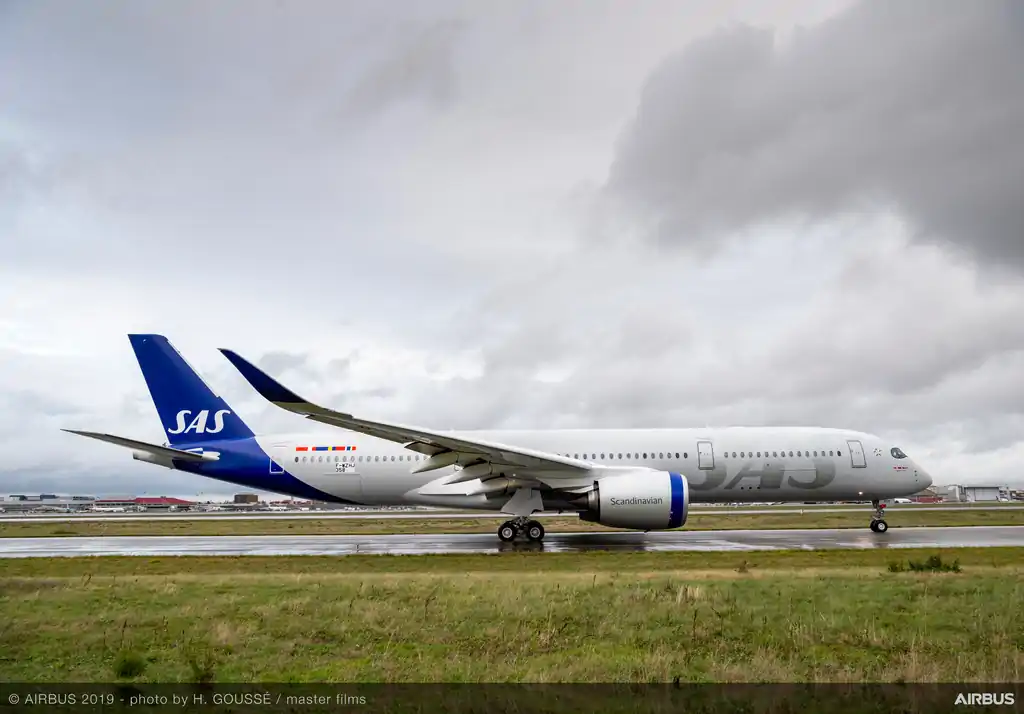

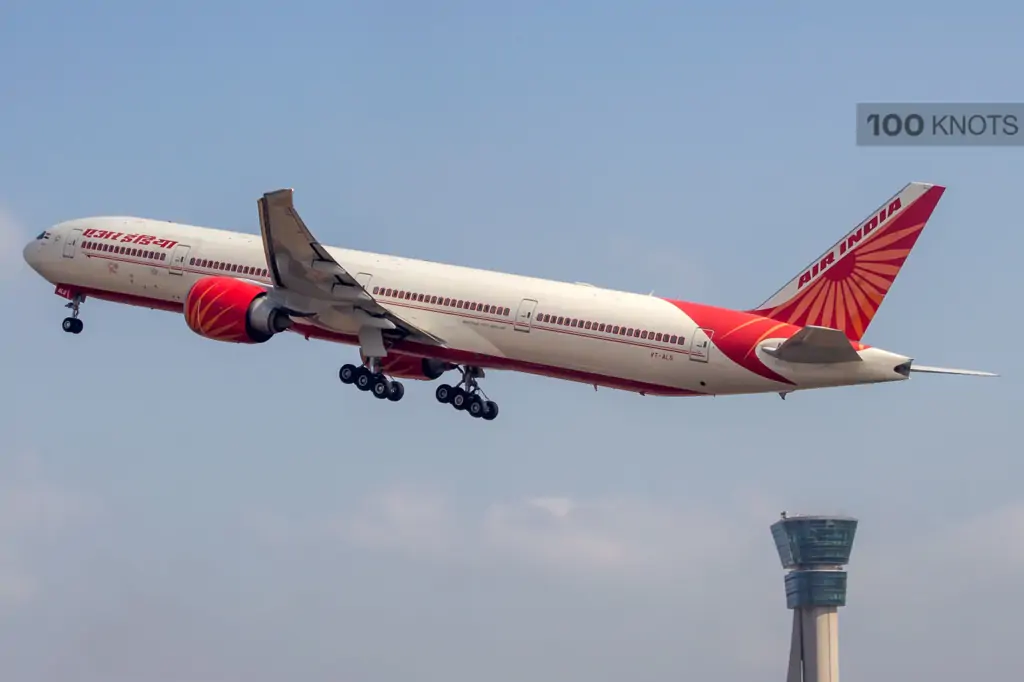
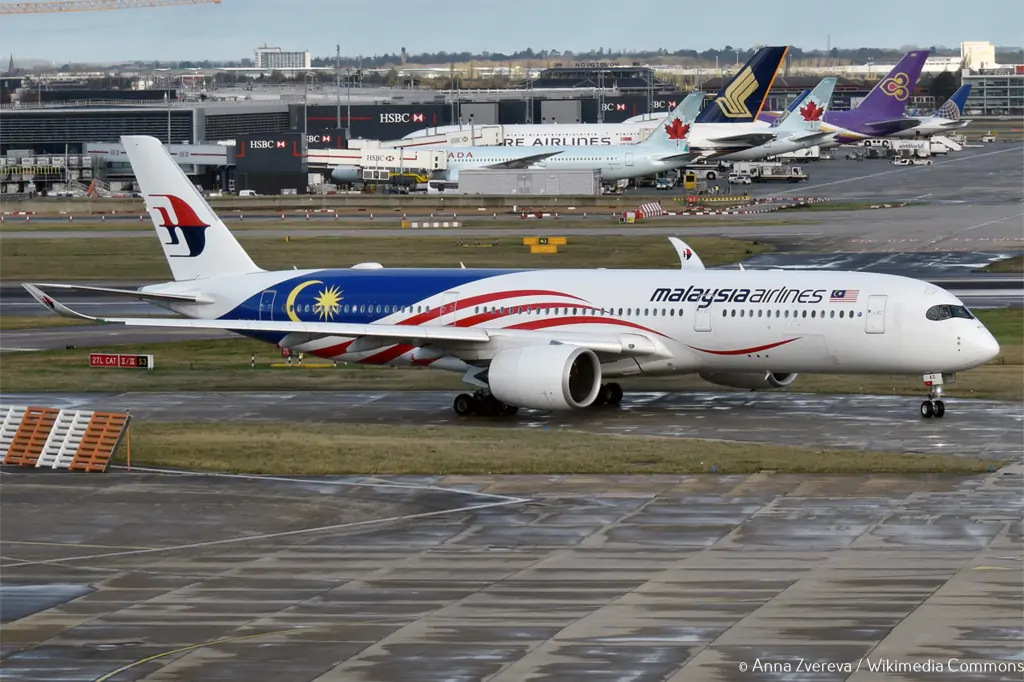
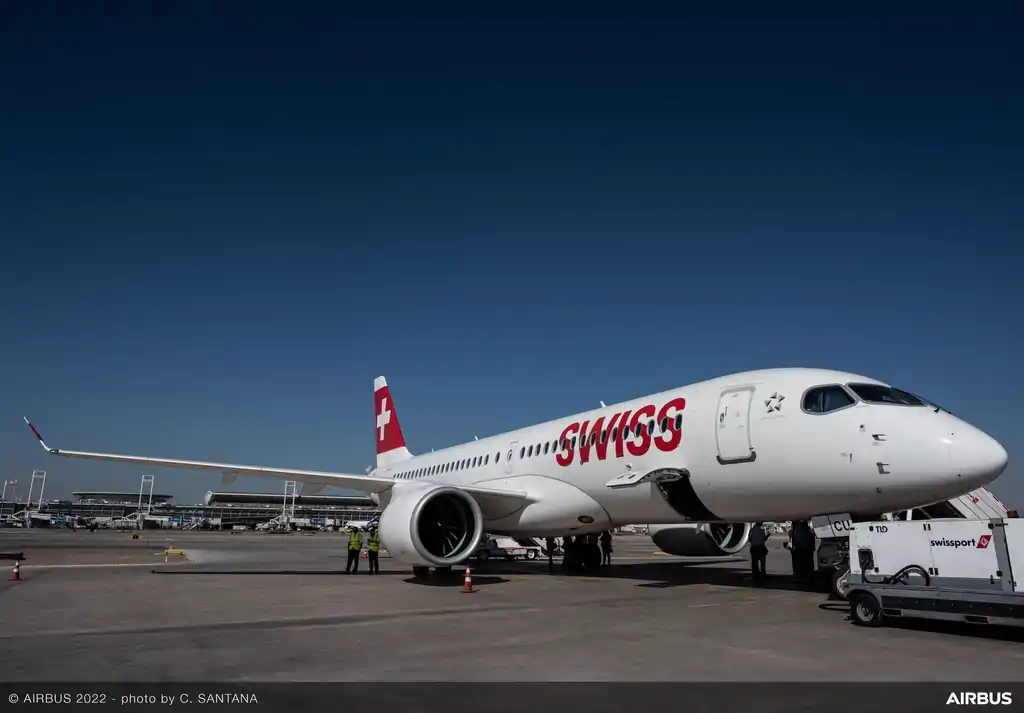
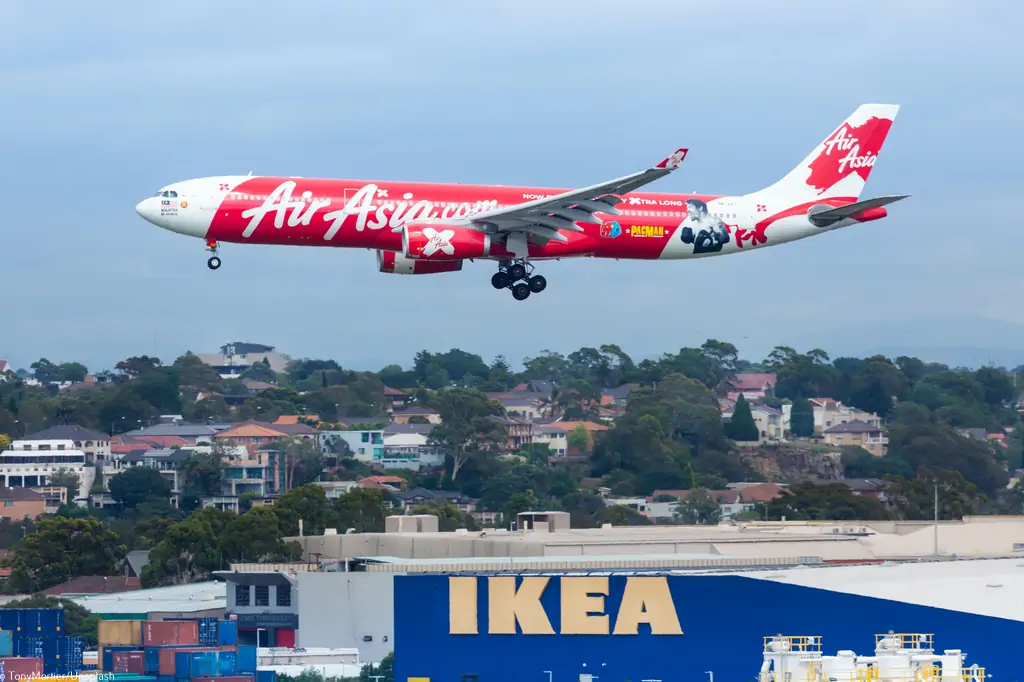
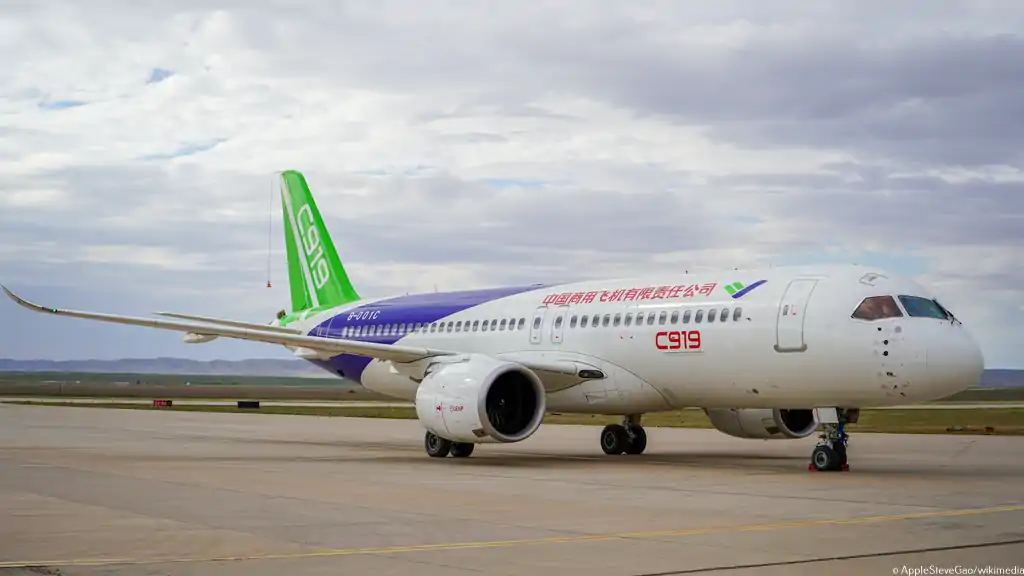
Comment